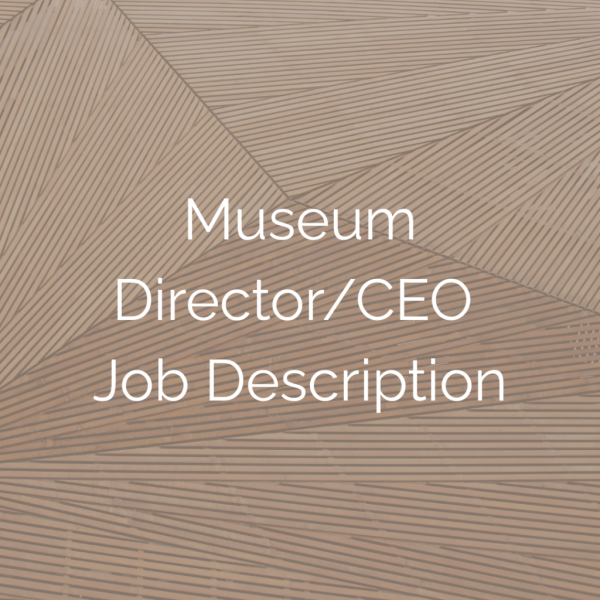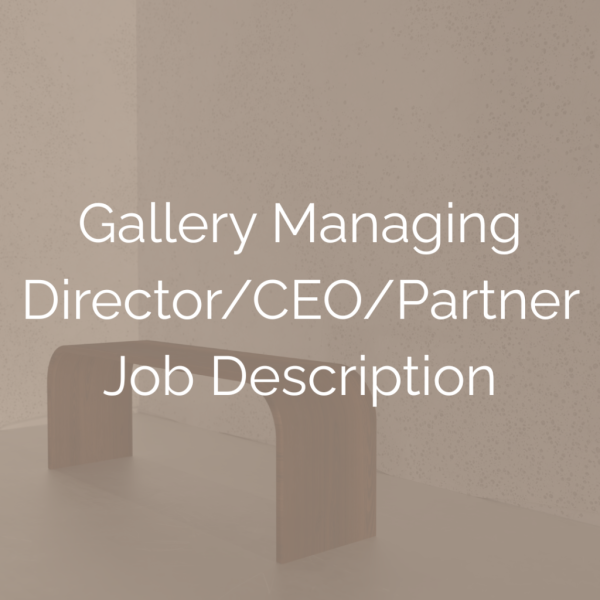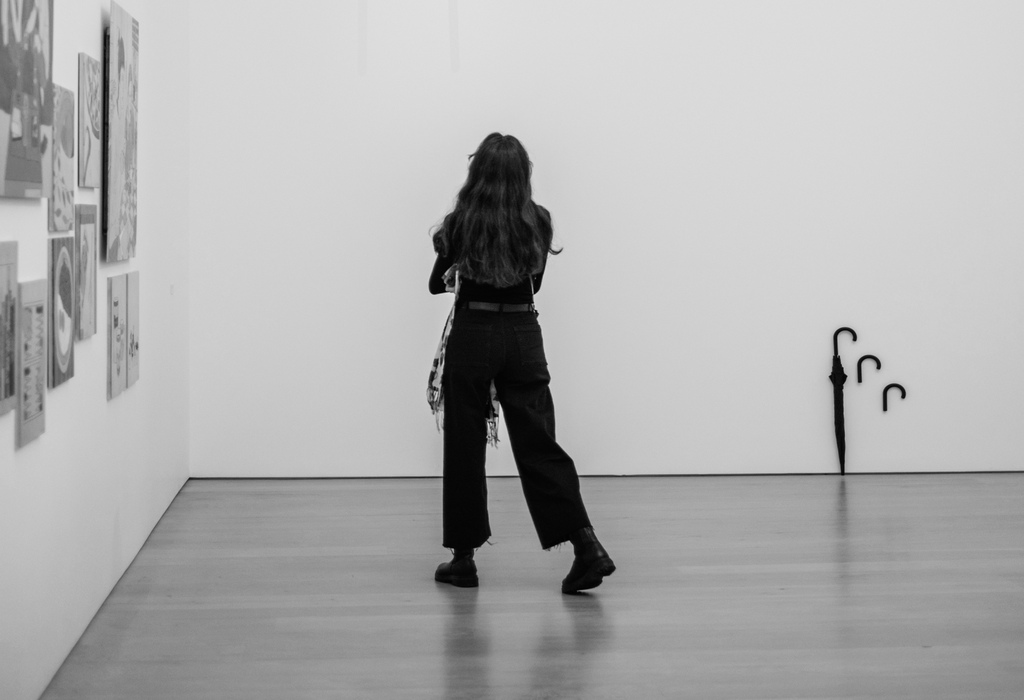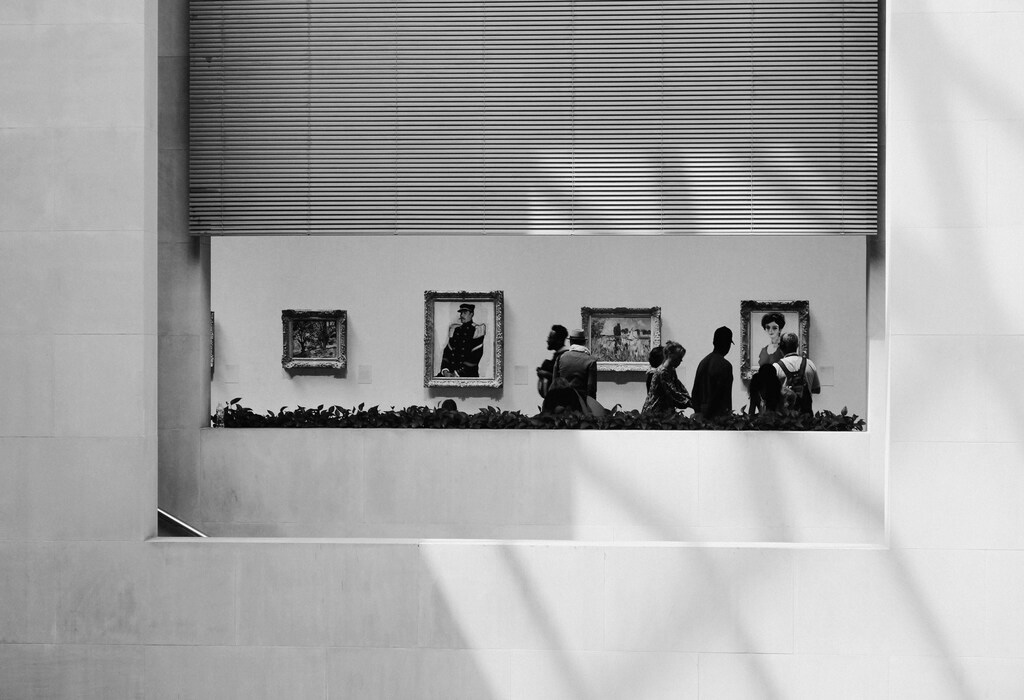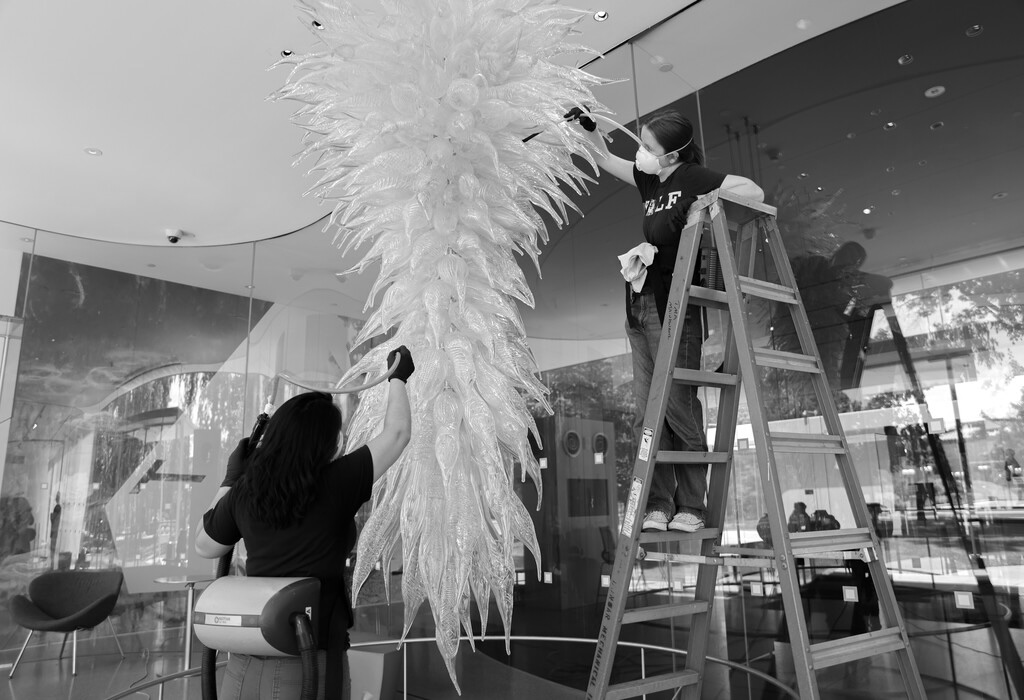Setting the Scene: Talent & Leadership in Today’s Museums
A four-part series on evolving museum talent by Adam Levine, the Edward Drummond and Florence Scott Libbey Director of the Toledo Museum of Art

In the 1990s, Stephen Weil, one of the great theorists of museums, wrote an enduring article about the museological shift from being ‘about something’ to be being ‘for somebody.’ András Szántó, a leading cultural advisor, categorized this shift with an important analysis of 60 museum mission statements published in The Art Newspaper in 2011. Just last year ReMuseum, the museum think tank nestled within Crystal Bridges and helmed by former museum director Stephen Reily, emphatically demonstrated that nearly 90% of museum mission statements no longer include language about collecting, preserving, and/or displaying. So why, as a field, do we continue to believe a curatorial background is sufficient to qualify a candidate for directorship?
Before that provocation excites too many readers, some caveats are in order. First, whether one agrees or disagrees that museums should focus on activating a collection within and for community, the consistency of the theme across decades, diverse boards, and diverse places suggests a real shift rather than a fad. Second, while museums have started and must continue to value non-art historical expertise as part of the shift to greater focus on community, we also must avoid de-privileging art historical expertise. Knowledge of art remains essential to running an art museum, but such knowledge is now a necessary but not sufficient condition for success. A different blend of skills is now required.
From my perch as a sitting museum director, I believe one of the mistakes we sometimes fall into as a field is assuming that directors must have domain expertise over everything a museum is meant to do—something I attribute in part to the legacy of curatorial culture. Consider, though, a non-comprehensive list of the disciplines a director today would need to know:
It would be logical to assume that, given the now decades-long transition from being ‘about’ artwork alone to being ‘for’ community, we would want directors to be knowledgeable about art, community engagement, and perhaps education. But art can also be integrated into people’s lives through branding and marketing, so what of those disciplines? Technology turns over at an accelerating pace, so some fluency with cybersecurity and artificial intelligence will be a plus. Ideally, of course, a director will have demonstrated experience in fundraising since contributed income makes up a major share of most operating budgets. Investment expertise would be advisable if the institution has an endowment, as would retail expertise for museums with significant reliance on earned income.
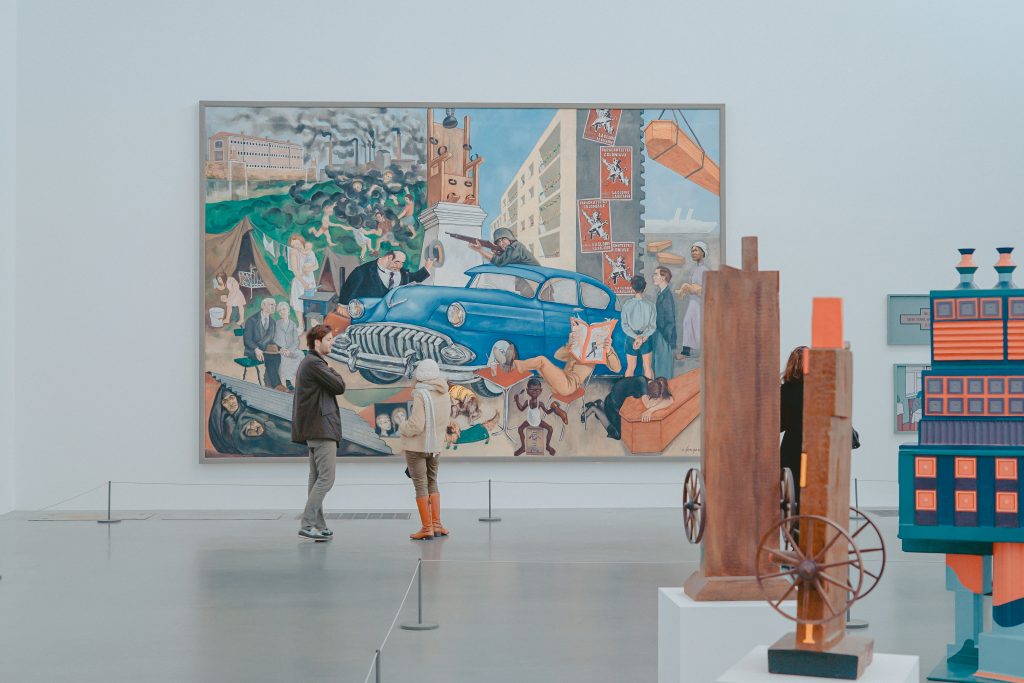
It should go without saying that no one, in any industry, will have complete command of each of the business areas listed above. In the process of their evolution, museums have become increasingly complex and sophisticated organizations. 21st-century museums must first-and-foremost be 21st-century organizations, and the change at the top that will enable this is to jettison the idea of the museum director as the ultimate expert and replace it with the museum director as a leader capable of setting strategy in a complex world, hiring the talent capable of executing that strategy, and overseeing operational and financial performance. What we need, simply put, is to reconceive of museum directors as Chief Executive Officers.
Many directors have appended ‘CEO’ to their titles, but we need the idea of the CEO to replace the idea of the director rather than augment it. Our field needs to undertake a transition similar to the one we are seeing among our close cousins in higher education. Increasingly, universities are realizing that a vision for academia remains a prerequisite for a college presidency, but the backgrounds and skills required have changed. It is in part for this reason that successful presidents still include deans and provosts but increasingly include former corporate leaders and politicians. Academic work, like curatorial work, may prepare you to engage complex terrain, but that is a different skill set than managing it and leading through it.
No training program can fully prepare someone to take on the role of CEO, whether at a museum or at another type of organization. However, good programs can accelerate the process. Rotational programs and apprenticeships, among other models, provide pathways for advancement in other industries. In the museum world, there are vanishingly few structured programs for experiencing museum leadership. There are incredible opportunities to amass practical know-how—like how to read a balance sheet—and there are strong formal and informal mentorship networks; however, there are hardly any programs that, for example, allow aspiring leaders to sit in Director’s Offices or regularly attend Board meetings. Absent such programs, which we should work to create, it would be helpful to acknowledge that the skills absent for most first-time directors are present in other talent pools with strong art world and art market expertise.
One such pool is the art market. I am not suggesting that museum boards should look exclusively to gallery managing directors or auction house executives, but a quick, non-exhaustive comparison of job descriptions between the two demonstrate important overlaps (see sample descriptions included here):
- Both types of roles require defining and executing long-term strategic plans that align with institutional goals.
- Brand development and shaping organizational messaging are core to both, generating public trust and enhancing the organization’s reputation.
- Senior leadership at a commercial enterprise carries with it the human resources and talent management responsibilities that are key to running a successful enterprise of any sort.
- The ‘content’ of the work—artist engagement, blending scholarship with access, public programming, etc—is similar, which also means many people in both museum and commercial environments share overlapping academic backgrounds.
- Cultivating and stewarding relationships to engender support is a key to long-term success in both domains.
- A growth orientation involving deep understanding of the enterprise alongside a macro view of trends and the market is a prerequisite for success.
The list could go on.
Whether we look to senior leaders in larger art galleries or auction houses or to other non-traditional director candidates, like CEOs from other types of arts organizations or collectors that have had business success, the point is that we should be more open to profiles for successful museum directorship beyond that of sitting/former curator. There is no question that we should work to create programs that better train those in the museum field for 21st-century directorship, but we should simultaneously broaden our thinking about who is ready to lead museums today. In this series of articles, we hope to interrogate the nature of museum jobs in the 21st century and, through forensic analysis, provide some ideas about how the museum field can broaden the talent pool it considers. The more we can onboard adjacent and overlapping skill sets into our field, the more it will thrive.

